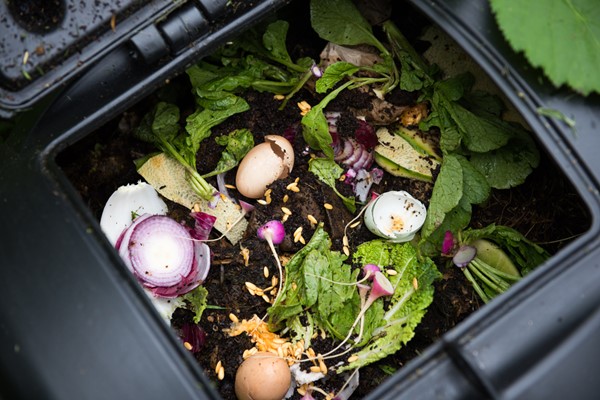Roni Agress, William Pitt Sotheby's International RealtyPhone: (203) 733-2656
Email: [email protected]
Email: [email protected]

Making your own compost for your garden is a rather straightforward process that won’t cost a lot of money but will offer you some great returns. Basically, home composting is all about turning your regular kitchen waste into a rich additive for your garden. If done the right way, you won’t have to deal with any smell or messiness through the process.
To make the composting process go smoothly, you will need to pay attention to 3 things:
Following these simple steps will help you develop your own compost for use in your garden.
